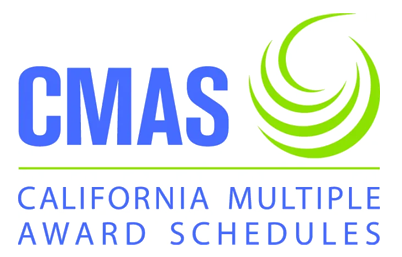How to implement an Electronic/Enterprise Content Management environment is as much about what not to do as it is about what to do in a project. Over the years we have compiled our top 9 mistakes that lead to failure or at least unintended (and costly) consequences during the implementation of a content management system. Here is our Top 9 things to avoid.
Putting new technology on unstable foundations or components – nothing says failure faster than not making sure you have a solid foundation on which to build your ECM system. The same is true for making sure that the data to be migrated is properly indexed and categorized so that it can be found.


Mixing and matching products – this can quickly turn into a logistical nightmare with various vendors/product each proclaiming the fault of the other, meaning that while they battle it out, your system doesn’t work; doesn’t work the way it should and your users become frustrated.
Too much/too little – careful planning and thought should address the issue of what functions are needed and what are not in the business. Often the lack of planning leads to too much variety and configuration on a one-off basis.


For example, employees performing the same function should have similar functionality so that if one is out the other can pick up and know how to find and complete the work. But, too much restriction may frustrate employees who will look for other ways to do their work. Striking the correct balance is a function of the time necessary to plan and consider the ramifications of any decision.
Many organizations don’t bother to make sure their systems can accurately reproduce documents stored electronically. What is the use of capturing information electronically if it is not as reliable as you can possibly make it.


Implementing ECM systems are typically a once-in-a-lifetime of an entity and few, if any, employees will have sufficient knowledge to participate in the project without knowledgeable resources to guide them. Hire an expert with experience assessing, planning, developing and implementing a system. Otherwise, you pay for staff members to learn new skills as they go and there is no recoup on that investment. Although another organization might find those skills useful when they hire your staff member.
Too often projects are not driven by business needs and users; we cannot stress the depth of the need to involve users and business units from the outset. This approach to change management makes the implementation and use of the product much more likely.


Again, make sure the resources are available to support the effort. Does your IT shop have another large implementation project on-going; are your business units staffed sufficiently to be able to absorb the additional workload in order to implement the systems.
Too many organizations jump to the conclusion that they should just buy an ECM product. Then they ask what they can do with it. Organizations should take the time to fully evaluate what their needs are, where the best return on the investment for their particular business drivers and base the product purchase on those needs. Not every product fits every need. There are niche players; there are large enterprise products; there are small departmental solutions. Know what you need before you ask vendors to provide a quote and bid so you can properly evaluate the solutions.










